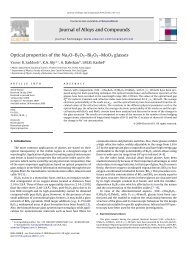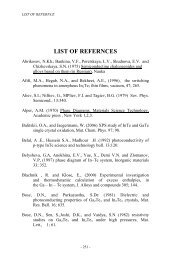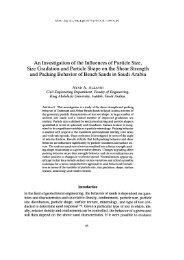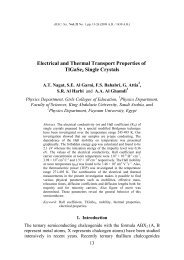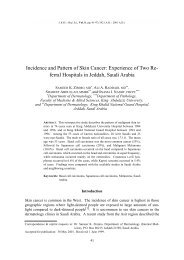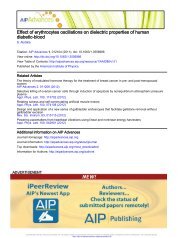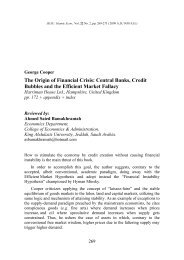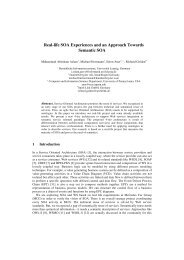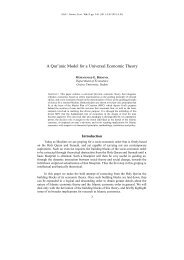Fundamental Organic Chemistry
Fundamental Organic Chemistry
Fundamental Organic Chemistry
You also want an ePaper? Increase the reach of your titles
YUMPU automatically turns print PDFs into web optimized ePapers that Google loves.
Distribution Coefficients:<br />
When a compound is shaken in a separatory funnel with two immiscible<br />
solvents, such as water and diethyl ether (CH 3 CH 2 OCH 2 CH 3 ), the compound<br />
distributes itself between the two solvents. Some dissolves in the water and some<br />
in the ether. How much solute dissolves in each phase depends on the solubility<br />
of the solute in each solvent. The ratio of the concentrations of the solute in each<br />
solvent at a particular temperature is a constant called the distribution<br />
coefficient or partition coefficient (K).<br />
Concentration in solvent 2<br />
K = ---------------------------------<br />
Concentration in solvent 1<br />
Where solvent 1 and solvent 2 are immiscible liquids.<br />
Steps in extraction:<br />
1) Preparation of the separatory funnel.<br />
2) Adding the liquids. Be sure the stopcock is closed.<br />
Safety Note:<br />
Never add a volatile solvent to a warm solution. If you are using a<br />
flammable solvent, make sure there are no flames in the vicinity!<br />
3) Mixing the layers.<br />
Insert the stopper and, holding the stopper in place with one hand, pick up the<br />
separatory funnel and invert it. Immediately open the stopcock with your other<br />
hand to vent solvent fumes or carbon dioxide. Swirl the separatory funnel gently<br />
to further drive off solvent vapors or gases.<br />
20




